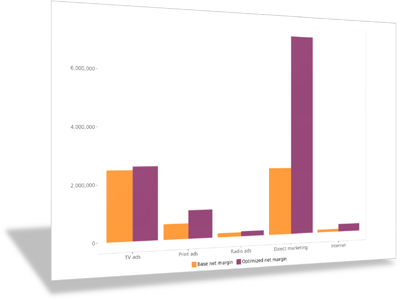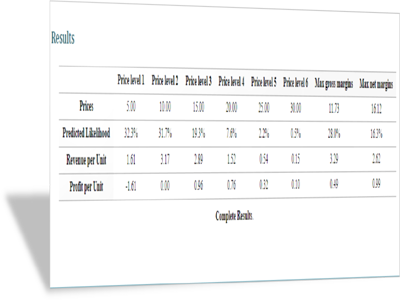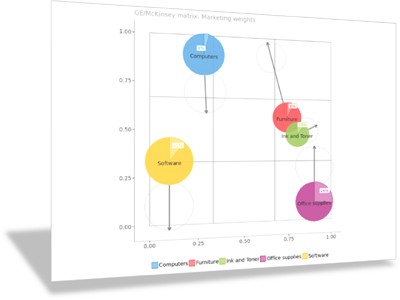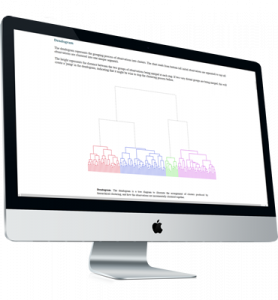Teaching salesforce management

Sales management courses involved determining how large the salesforce should be, which customers or prospects they should serve with what offerings, how often they should touch customers and the like. Central to such a course is the notion of value-based selling, recognizing that different customers may see far different economic values for the same offerings, key information for the sales rep servicing that customer. The tools below, especially Resource Allocation, Value-in-Use Analysis, and the GE Matrix should prove most useful in such a course.
If you are teaching salesforce management these are the Enginius models and case studies we recommend for you…
Not familiar with Enginius yet? Click here to discover how Enginus can boost your teaching.

Resource allocation
Sales management faces a key issues in determining the size of the salesforce and how that sales force should be allocated to which geographies, to which products and to which markets. Cases to consider here are Syntex Labs and C-Tek. Individual sales reps must determine how frequently to touch or visit each customer or prospect. Consider the John French case for that problem.

Value-in-use analysis
Calculating customer value and implementing associated segment-specific pricing policies are central to providing quantitative support for the salesforce. The ABCOR spreadsheet and associated exercise will show students how such tools can be built and used in a value-based selling situation.

GE McKinsey matrix
A key issue for sales management is to determine, strategically, which customers to serve. And the offerings the firm has for its customer and prospect base drive the decision of which sales reps are most appropriate and how they should be trained. The GE matrix can be used to help visualize the choices sales management has here and the Convergys case is a useful illustration of how to address such a situation.



